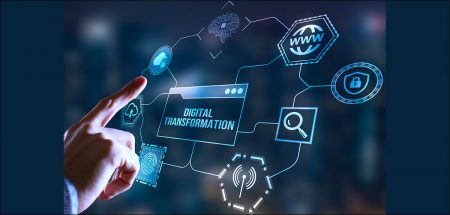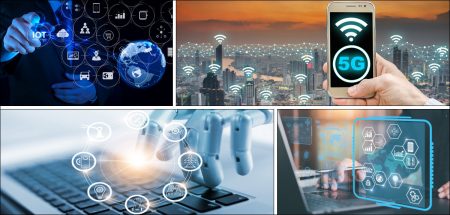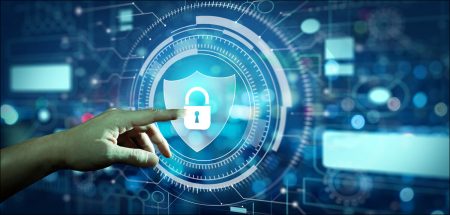The shift towards online learning seems to be natural and in line with the pandemic, says Sairaj.
A smart classroom is one among the three perplexing technological-questions academics are evaluating in the digital era. The other two being – tackling smartphone usage (addiction) during lectures, and the concern (or fear) of AI replacing teachers.
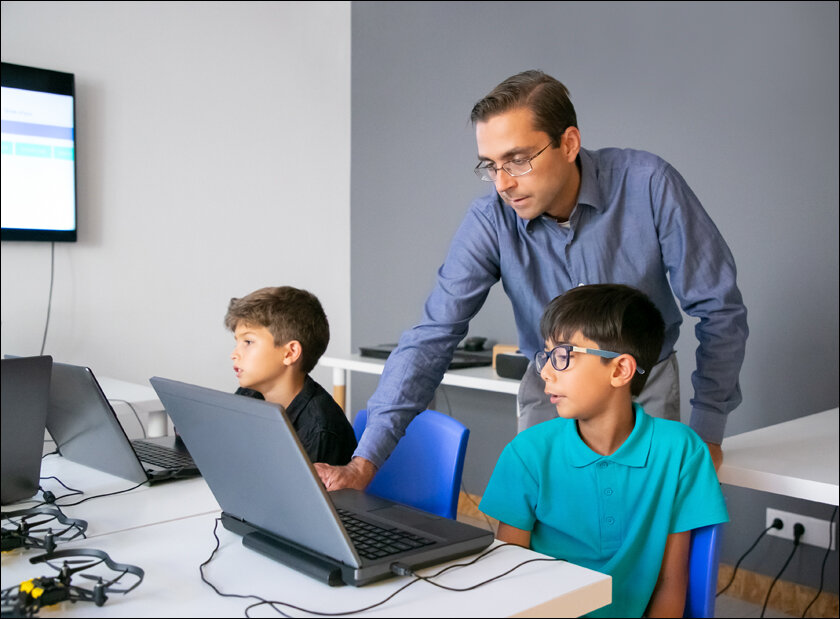
The digitization of education accelerated by the Covid-19 pandemic is responsible for inducing habits such as televised education, Google Classrooms, and even information shared through WhatsApp. Although the sector seems to have normalized, in many cases conventional aspects of the classroom are yet to return to normalcy.
The COVID-19 pandemic triggered a significant revolution in digital learning in India, reshaping the education landscape in profound ways. Besides breaking geographical barriers, the pandemic also underscored the importance of digital infrastructure in education. The demand for reliable internet connectivity and access to devices surged, prompting the government and private sector to invest in improving digital infrastructure.
Government initiatives such as the National Education Policy 2020, which emphasizes the integration of technology in education, gained momentum. But the transition to a digital or smart classroom is not an easy journey.

Experiential Learning Benefits
Prior to the 1990s, educational CD-ROMs and video cassettes highlighting interactive content were looked at like a unique edutainment category. Much of this pioneering work in education stems from Alan Kay’s work at the Xerox Palo Alto Centre – the introduction of the concept of Dynabooks (a digital tablet) as early as 1960s. By the mid-2000s, a World Bank study proposed that digital modes of education could have helped improve access to textbooks in Africa. And by 2012, South Korea announced that it was digitizing all academic books as part of its practice to further improve its OECD reading scores (it was already the top-five).
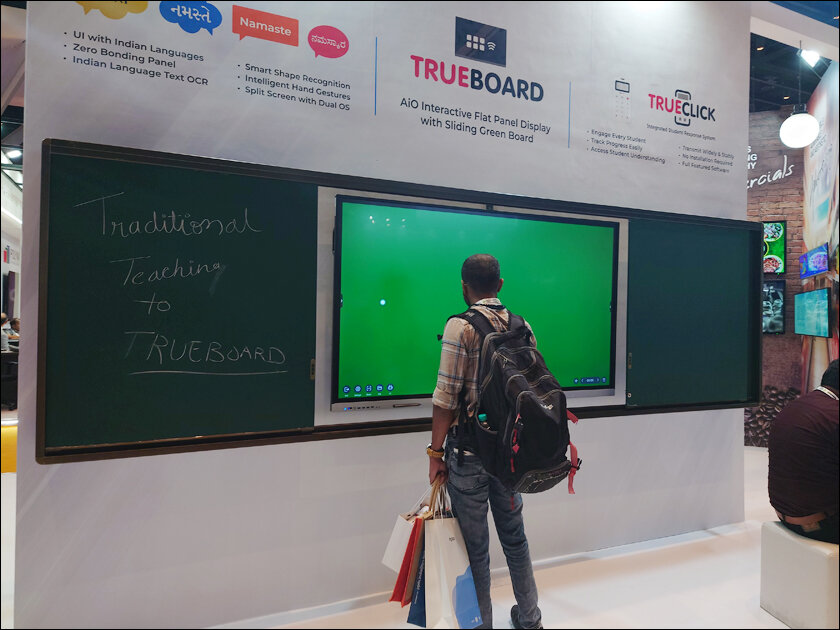
(Image Credit: Sairaj Iyer, Sify.com)
Technology certainly had a use-case. Experiential learning, by emphasizing hands-on, practical experiences, could allow students to actively engage with the subject matter. Initially researchers believed that such an approach fostered a deeper understanding of concepts such as history; or enabled students to apply theoretical knowledge to real-world situations such as physics. Experiential learning could also stimulate critical thinking, problem-solving skills, besides a holistic grasp of the subject. By immersing students in practical experiences, experiential learning is believed to facilitate a more dynamic and memorable educational experience – making it easier for learners to retain and apply what they have learned.
Smart classrooms, that is the conventional classroom fitted with interactive whiteboards, audio-visual aids, and other digital tools could enhance the learning environment. Smart classrooms promoted interactive and collaborative learning, allowing students to access a wealth of information online, participate in virtual simulations, and engage with multimedia content. This technology-driven approach had the probability to make learning more engaging and accommodate diverse learning styles. Additionally, smart classrooms facilitated seamless communication between teachers and students, providing instant feedback and fostering a more interactive and adaptive learning environment.

The India Scope
Digital interventions not only enable quality education to the hinterlands but simple tools such as availability of the National library can uplift the research capability of both students and teachers. While readers will acknowledge contemporary digital interventions such as Byju’s or WhiteHat Jr, there are many more in its recent past – educational cassettes, launch of UGC-Higher Education TV Project HETV in 1984, Gyan Darshan by IGNOU in 2000, CD-ROMs by private coaching classes such as Chetnas, etc.
To India, digital learning presents two crucial benefits – improve reach, and two personalize it. Some common problems such as access to books, female illiteracy, access to quality education could be significantly improved. A digital enablement could also help in reducing the cost to quality education – India’s National Sample Survey (75th round) reports 37 million people lacking access to education regardless of them being private or public.
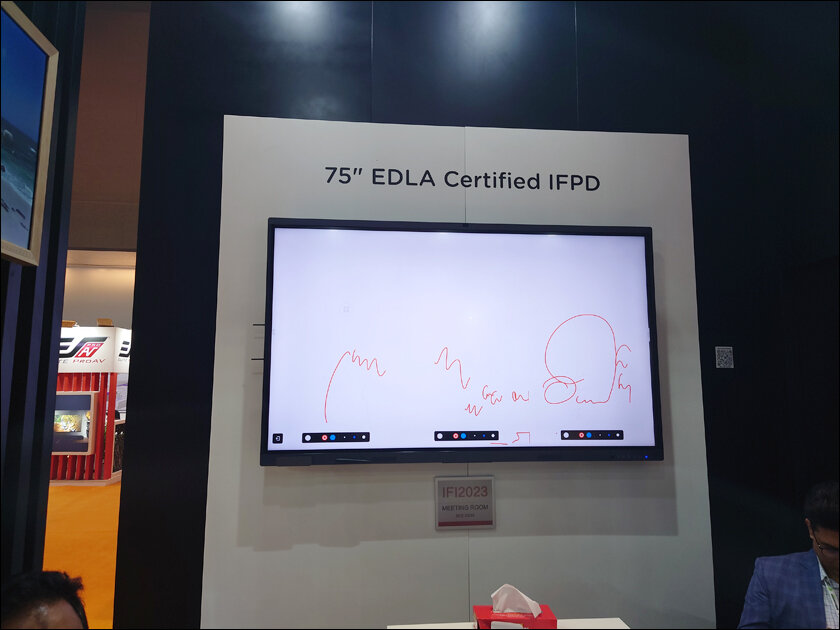
As part of the NEP 2020, technologies including smart-classrooms and other digital interventions could compliment the addition of skills development programs which further could improve employment and labour potential in the country.
Recent news-reports indicate that Indian policymakers are focusing on reaping benefits beyond improving the reach and accessibility. Take for instance, Himachal Pradesh that launched a digital hub recently. According to the state Chief Minister, AI chatbots are expected to assist teachers in better personalized learning. The digital hub would also facilitate real-time data to ensure adequate attention to each student. There is also a likelihood that teachers could focus on the core learning activity as technology could automate administrative tasks such as making report-cards.
Even professional courses such as the ones offered by IITs are riding on the digital learning aspect. Take for instance, IIT Madras‘ recent professional course in semiconductors and one on Data Science costing nearly six lakhs. Except for the offline exams, the entire teaching is expectedly online. The sweet news is students will not have to appear for the JEE exams to enrol for this course. Such digital and experiential learning benefits also fits in line with the government’s idea of upskilling via the Digital India and FutureSkills scheme.

Evaluating Smart Quotient
Predicting the exact market potential for smart education and classrooms could be a tedious process. Although global edtech and smart classroom market size is estimated at upwards of $125 billion with a potential for a CAGR of 13.2% up to 2027, the actual number could be higher since these are different products and technologies in consideration. Interactive whiteboards are for instance, supporting touch and gesture controls, enabling dynamic and interactive lessons could encompass myriad technologies. Ditto for audio-visual aids, projectors and sound systems that enhance the multimedia experience making lessons more visually stimulating and fostering better understanding of complex concepts.
Beyond the visible, there is the software integration and even sensors such as CCTVs, educational software, LMS (Learning Management System) applications that play a crucial role in smart classrooms. Learning management systems (LMS) help organize and deliver course content, assignments, and assessments. Then there’s virtual labs and simulations that provide hands-on experiences for subjects that traditionally require physical equipment, such as science experiments. Here, augmented reality (AR) and virtual reality (VR) technologies are also gaining traction, offering immersive experiences that transport students to different environments such as historical periods. These technologies enhance engagement and provide a deeper understanding of the subject matter.

Additionally, connectivity tools, the networking and collaboration platforms facilitate communication and interaction within the smart classroom ecosystem. Some schools could also deploy these in a cloud-based storage facility for easy access to educational resources from any location. Evaluating the cost and appropriate model could be a mind-boggling exercise but there is a genuine use-case given how the pandemic has shaped a culture of ‘learning on the go.’
A senior administrator from Gujarat indicates the optimism around lasers and digital whiteboards. He summarizes, “The Saurashtra University plans to open at least 300 smart classrooms for various faculties. Students could learn from their smartphones and complete courses at their desired speed. Technology is democratizing education.”
The shift towards online learning seems to be natural and in line with the pandemic. Technology can democratize education, but a greater debate has engulfed the sector – Sweden’s decision of plugging the switch off digital learning. That, after premiere schools and the country’s education minister found digital-learning methods resulting in inaccurate learning pedagogy. An unexpected consequence!
In case you missed:
- None Found







